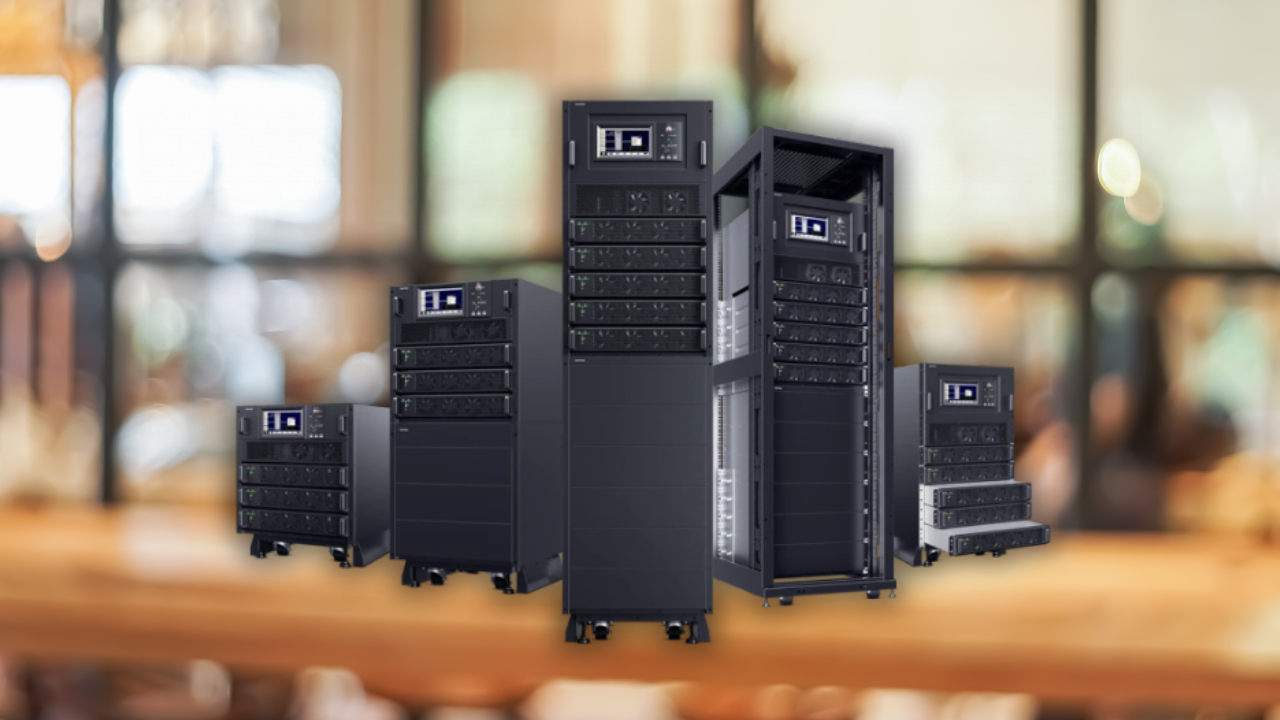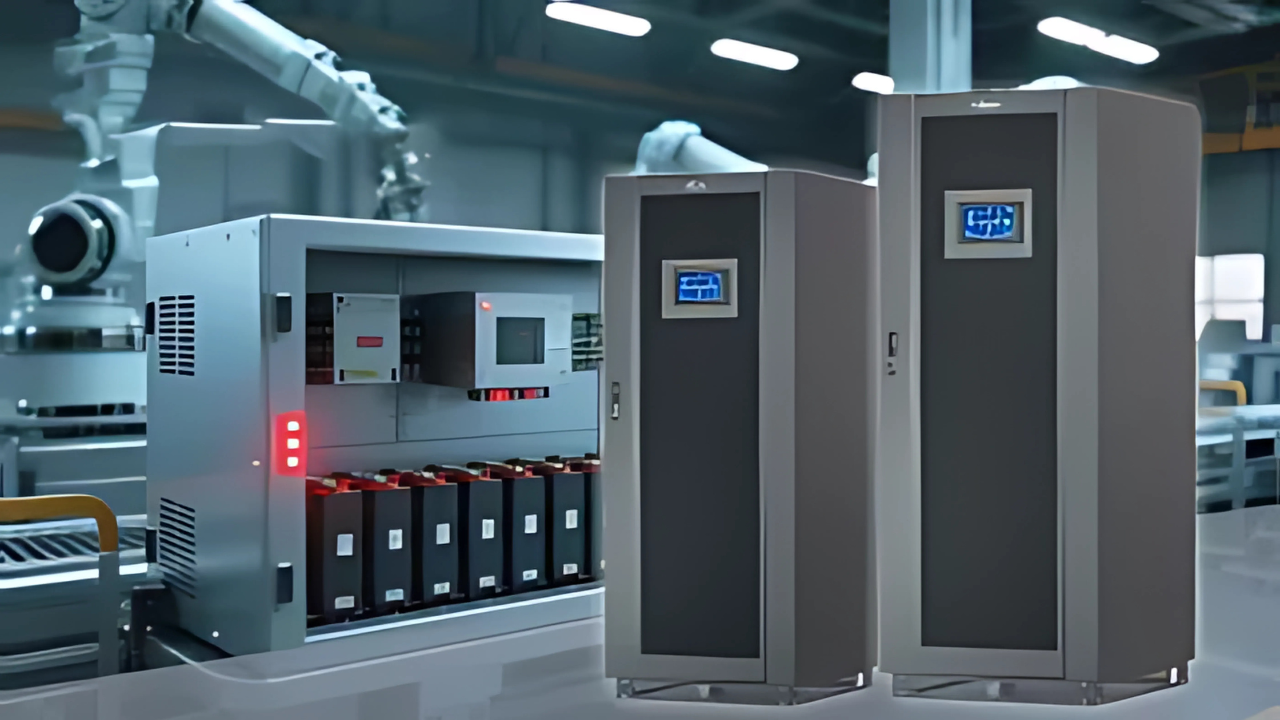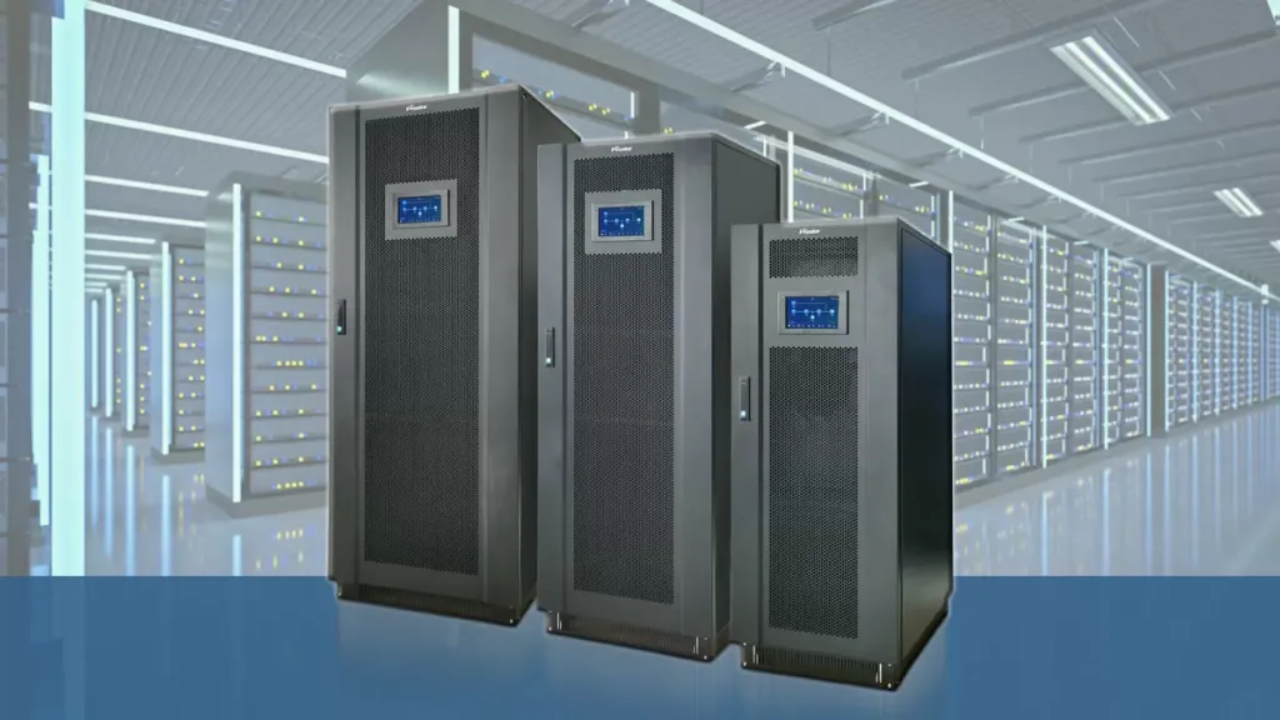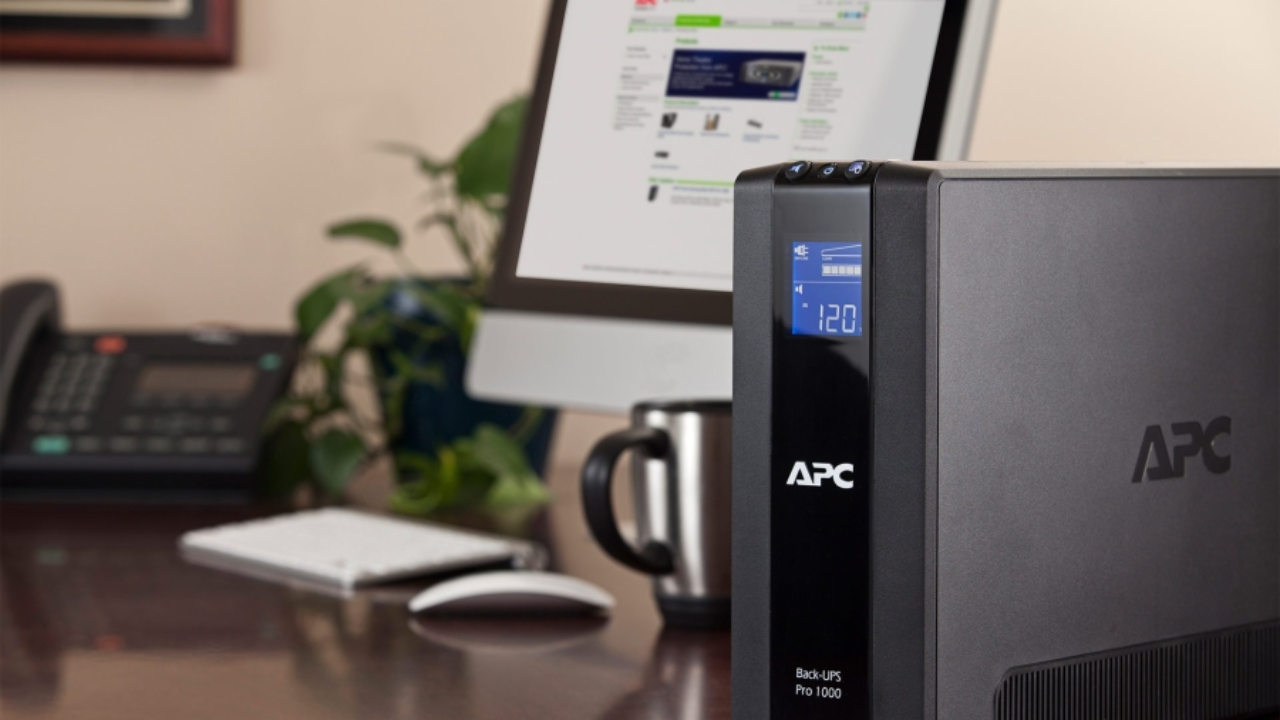In today’s digitally driven world, uninterrupted power is not a luxury—it’s a necessity. Whether you run a small office, a data center, a hospital, or a factory, stable power is crucial for business continuity. Choosing the right Uninterruptible Power Supply (UPS) system is a critical decision. Among the various options, the debate between a 3 Phase Online UPS vs Single Phase UPS is central. Both serve the same purpose—power backup—but they cater to different power requirements and infrastructure.
This article offers a complete breakdown of these two UPS types. We’ll discuss performance, cost, scalability, installation, and the industries they serve. By the end, you’ll understand which one is the better fit for your business.
What Is a UPS, and Why Is It Vital for Your Business?
A UPS is a backup power system that provides electricity during power failures or fluctuations. It protects sensitive equipment from damage and keeps operations running.
UPS systems come in three main types:
- Offline (Standby) UPS
- Line-Interactive UPS
- Online UPS
Online UPS systems provide the highest level of power protection. They convert incoming AC to DC and back to AC, ensuring clean, consistent power. These are widely used in commercial and industrial setups.
Now let’s compare the two major types of Online UPS systems: Single Phase UPS and 3 Phase UPS.
Understanding the Basics: Single Phase vs 3 Phase UPS
What Is a Single Phase Online UPS?
A single phase UPS uses one AC power line (phase) and one neutral. It’s typically rated between 1 kVA to 10 kVA and is ideal for:
- Small offices
- Home networks
- Point of Sale (POS) systems
- Desktop workstations
- Security systems
What Is a 3 Phase Online UPS?
A 3 phase UPS uses three AC power lines with 120 degrees separation in voltage phase. These systems can range from 10 kVA to 500+ kVA. They’re suitable for:
- Data centers
- Manufacturing units
- Hospitals
- IT infrastructure
- Large-scale telecom setups
Key Differences Between 3 Phase and Single Phase UPS
Let’s explore the core differences that matter when making a business decision:
| Feature | Single Phase Online UPS | 3 Phase Online UPS |
|---|---|---|
| Voltage Configuration | 230V | 400V (Line-to-Line), 230V (Line-to-Neutral) |
| Power Capacity | Up to 10 kVA | 10 kVA and above |
| Applications | Small to medium businesses | Large enterprises, heavy equipment |
| Installation Complexity | Easier, plug-and-play | Requires professional setup |
| Redundancy Options | Limited | Highly configurable |
| Cost | Lower upfront and maintenance | Higher initial and operating cost |
| Space Requirement | Compact | Requires dedicated room or space |
Performance and Load Handling
3 Phase Online UPS systems are designed for high-performance environments. They can handle large loads across multiple devices or machines. The load is balanced across three phases, reducing heat and increasing efficiency.
In contrast, Single Phase UPS systems are better for low-load environments. They are easier to install and maintain but lack the scalability for high-demand operations.
Tradeoff: If your business is growing or already operating at high load, a 3 Phase UPS ensures future-proofing. Otherwise, single phase UPS works fine for limited usage.
Installation and Infrastructure Requirements
Single Phase UPS: Minimal installation effort. Works well with regular wall sockets. No major rewiring or infrastructure change required.
3 Phase UPS: Needs three-phase input supply, a distribution panel, and dedicated wiring. Installation must be done by trained electricians.
Challenge: Small businesses without a three-phase electrical setup will incur additional infrastructure costs.
Scalability and Redundancy
Scalability:
- 3 Phase UPS systems can be easily scaled to support high loads. Modular setups allow expansion.
- Single Phase UPS systems don’t scale well. You often need to replace the unit as power needs grow.
Redundancy:
- 3 Phase UPS can be deployed with N+1, N+N, or 2N redundancy—ideal for critical systems.
- Single Phase UPS usually operates as a standalone system with no redundancy.
Consideration: Businesses with mission-critical operations (like hospitals or data centers) must invest in a 3 Phase UPS for reliability and uptime.
Energy Efficiency and Heat Dissipation
3 Phase UPS systems offer better load balancing and lower heat generation. They are more energy-efficient when handling large or unbalanced loads. Cooling costs also reduce over time.
Single phase units often face overheating issues when overloaded and are less efficient under heavy load.
Impact: Higher long-term energy savings with 3 Phase UPS, despite initial cost.
Maintenance and Downtime
Single Phase UPS systems are simple. Maintenance is easier and cheaper. Many models support hot-swappable batteries.
3 Phase UPS requires planned maintenance schedules and may involve specialized service. However, their modular design often allows maintenance without full shutdown.
Visit Bansal Hi-Tech UPS Service Page to know more about UPS AMC and maintenance options.
Cost Comparison: Initial and Long-Term
Initial Cost:
- Single Phase UPS: Cheaper hardware and installation.
- 3 Phase UPS: Higher unit and setup cost due to infrastructure.
Operating Cost:
- Single Phase UPS: Less efficient under high load. More frequent battery replacements.
- 3 Phase UPS: Energy-efficient at scale. Lower long-term running cost.
Tradeoff: If you’re running multiple devices, 3 Phase is economical in the long run.
Industry Applications: Who Should Choose What?
When to Choose a Single Phase Online UPS:
- Small offices or clinics
- Cafes and restaurants with POS systems
- Startup workspaces
- Surveillance systems
- Home automation setups
When to Choose a 3 Phase Online UPS:
- Manufacturing facilities with CNC machines
- Hospitals with sensitive equipment
- Data centers with 24×7 uptime requirement
- Educational institutions with computer labs
- Corporate campuses with large IT infrastructure
Tip: If your equipment uses motors, compressors, or servers—go for a 3 Phase UPS.
Environmental Impact and Footprint
Single Phase UPS units have lower manufacturing footprints but may need frequent replacements, increasing e-waste.
3 Phase UPS systems are more durable, with modular components that last longer and reduce electronic waste.
Sustainable Choice: Despite higher size and complexity, 3 Phase UPS is a greener option over time.
Future-Proofing Your Investment
If you expect your business to grow or expand your infrastructure, 3 Phase UPS offers better scalability and ROI.
For stable, small-scale operations, Single Phase UPS will serve well without overwhelming your budget.
Insight: Always project your power needs 3–5 years ahead before finalizing a UPS system.
Common Misconceptions
- Myth: A 3 Phase UPS is only for factories – Not true. It’s also ideal for modern IT parks and hospitals.
- Myth: Single Phase UPS can support servers – Limited, and only suitable for one or two servers at most.
- Myth: Installation is too hard – With professional help, both systems can be smoothly installed.
Choosing the Right UPS: Key Takeaways
| Factor | Best Option |
|---|---|
| Budget Constraints | Single Phase UPS |
| High Power Load | 3 Phase UPS |
| Ease of Installation | Single Phase UPS |
| Long-Term Energy Savings | 3 Phase UPS |
| Scalability | 3 Phase UPS |
| Redundancy Needs | 3 Phase UPS |
| Small Office Setup | Single Phase UPS |
| Data Center or Hospital | 3 Phase UPS |
Final Thoughts
Selecting between a 3 Phase Online UPS vs Single Phase system depends on your current needs and future goals. Both have unique advantages. One offers simplicity and affordability; the other, power and scalability.
Before making a decision, consult a power expert or request a site evaluation from professionals like Bansal Hi-Tech Systems. Their team can assess your facility and recommend the ideal UPS setup.




